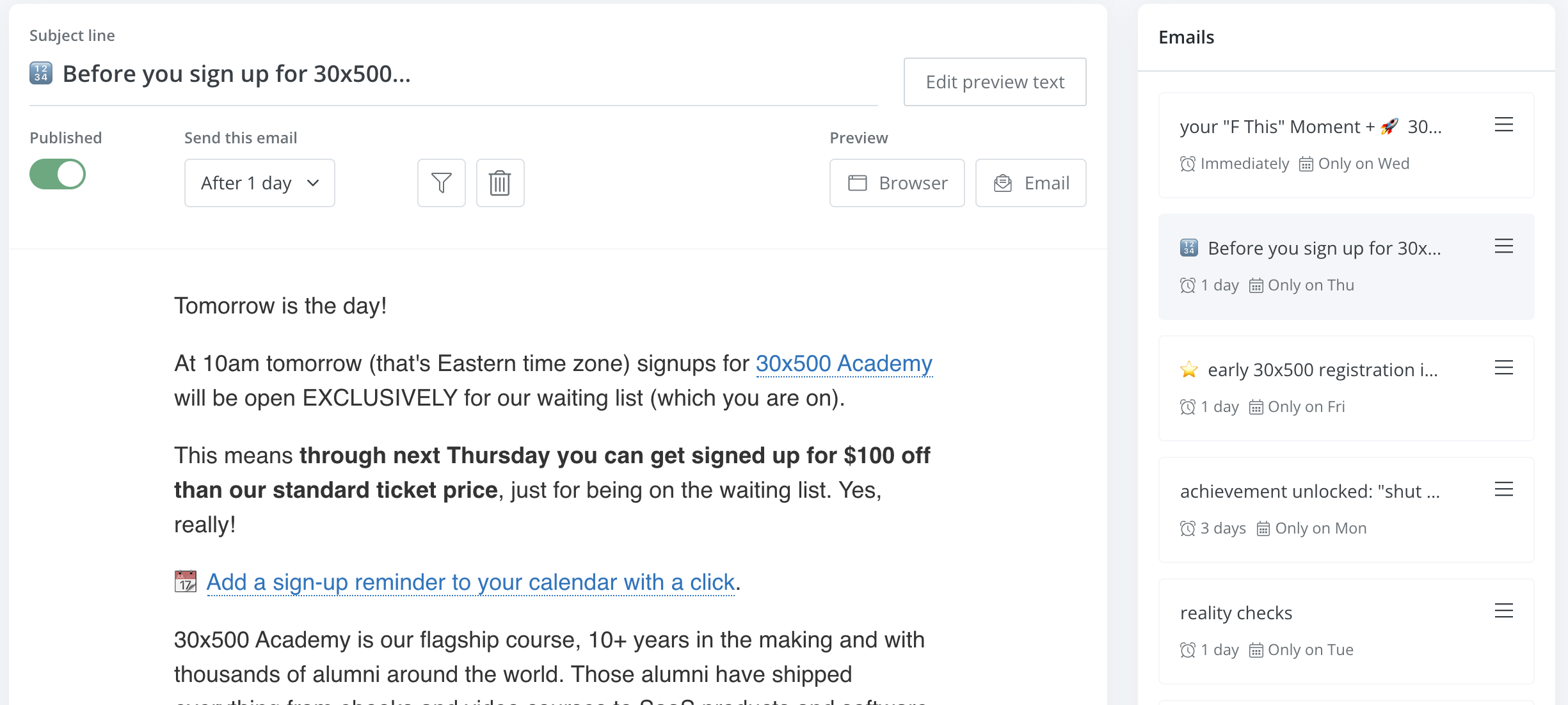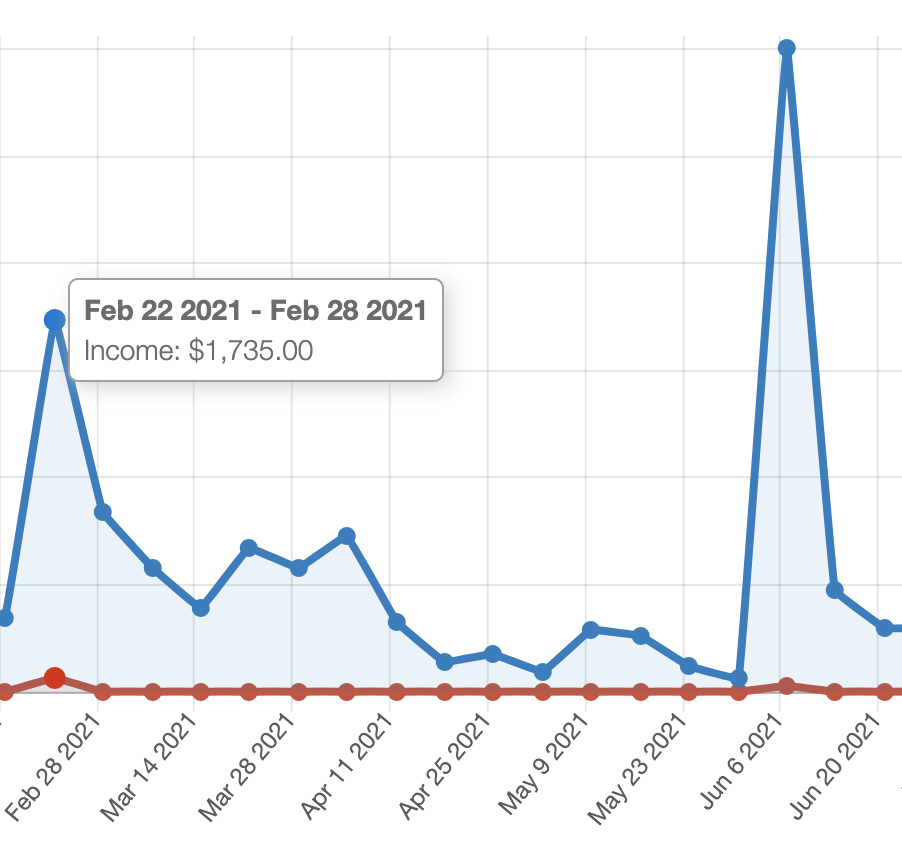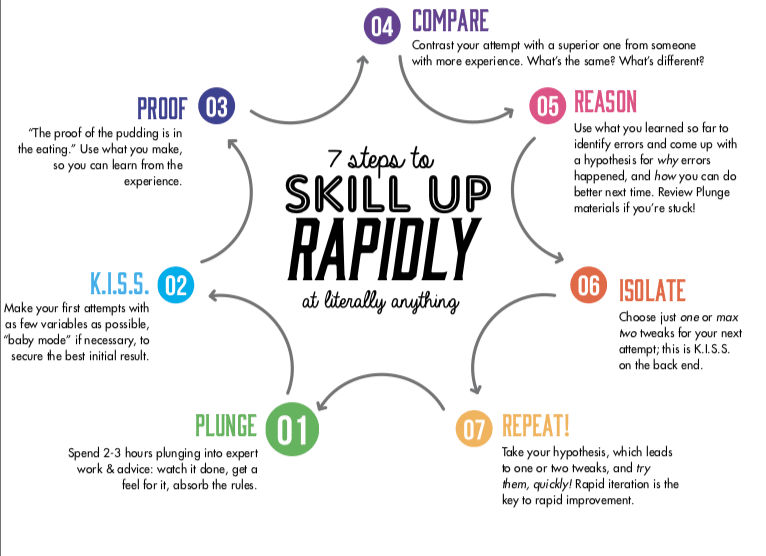So, you’re thinking about pre-selling your product, eh?
There’s a good chance you’ve experienced pre-selling one way or another. Maybe you backed a Kickstarter, or ordered a new book you were excited about. If you’ve ever bought tickets to a live event – a conference, workshop, or even a concert – you might consider that a kind of pre-selling as well!
In all cases, you’ve paid in advance, and without any way to try before you buy.
But now you’re gearing up to be the seller. On this side of the transaction, it feels a little different! This time it’s you asking people for their money before you’ve finished your product, with the promise that you’ll deliver it when it’s ready.
If you’ve already done the work to earn your audience’s trust and attention, and you’ve done the research to make a thing you’re pretty confident they’d want to buy, presales can be a great way to build momentum and excitement!
A few of the most popular upsides of pre-selling a product include:
- evidence that people want the thing you’re making, and the confidence you won’t launch something that nobody buys
- cash upfront that you can use to invest in producing the product itself, covering hard costs or simply buying more of your own time to work on delivering the product
- early feedback from your most motivated buyers that can help you improve your product before you stamp it as “done” and ready to ship
- social proof that you can use in your primary launch, from raw sales numbers to buyer testimonials, etc. your early buyers might even help spread the word about your product
These are some pretty big upsides, honestly! No surprise that pre-selling is a popular choice.
But it’s far less common to hear about the downsides of pre-selling.
Over in the 30x500 community chat, alumni Dave Ceddia (Pure React, Recut) opened up about some of his experiences with pre-sales…including the gnarlier parts.
“There are a few downsides that I saw, pretty much all emotional. In my opinion they’re worth weighing for yourself because if I’m feeling awful, I have a very hard time getting myself to do the work.”
Dave went on to share four counterintuitive lessons and tips from his hard-earned pre-sale experiences:
Tip #1. Have a plan in place for if you pre-sell and don’t make many sales.
Dave says:
“Decide ahead of time if you have a minimum number of pre-sales in mind, and whether you want to refund the orders if you don’t reach that number, or press ahead making the thing with the hopes that enough people will buy it when it’s actually done and ready.
For me, building a product knowing that not many people want it would squash my motivation, and also might not be the best business decision.”
Remember that pre-sales require MUCH more trust and desire from your prospective customer. They’re betting that you deliver what they want, and that they will still want it at some point in the future.
While high pre-sales numbers can be a positive indicator of future success (though not always, more on that in a second), low pre-sales numbers are NOT necessarily an indicator of future failure. Pre-sale success depends on trust and desire, but it also depends on the audience’s buying habits, the kind of product, the price point…there are lots of variables!
Will low pre-sales numbers hurt your motivation? If so, plan ahead.
The questions to ask yourself are:
- What numbers do you need to hit to feel like you’re on the right path?
- What will you do if you don’t hit those numbers? Refund, press forward, or something else?
Tip #2. Consider how you deal with working under pressure.
Dave says:
“The pressure to deliver on your promise is very real…and I don’t do well with that sort of pressure. The launch itself is exciting, the work… less so.
I think it might be a bit like buying a domain name for a new idea – takes the wind out of my sails. The fun part is over, only the work remains.”
Personally, this is the one that gets me every time. It is a lesson in truly knowing yourself, and adjusting or planning accordingly.
The pressure that comes with pre-sales is pretty different from any other kind of pressure I’ve experienced. As Dave mentions, the work of pre-selling a product is exciting. Especially when it goes well!
But as more time passes after the last dollar hits your bank account, and you’re still working to deliver the product people paid for, that excitement wears off and is replaced with a sense of pressure to deliver on the promise you made.
For some people, that pressure can be motivating, but for almost everyone I’ve talked to (including myself) it does the opposite!
Delivering your pre-sales to paying customers is not the same as sprinting to hit a deadline, or pulling an all-nighter to finish a school project. This brand of pressure tends to come with feelings of guilt or dread. It can lead to burnout, demotivation, & ultimately giving up.
How you handle presale pressure is more like the head game of running a marathon or any other endurance activity. You have to remind yourself of the goal and persist, even on the days when you don’t feel like it.
This is a great time to practice professionalism, in a business sense.
Tip #3. Recognize that it’s harder (though not impossible) to make changes to your product & scope.
Dave says:
“Before launch, everything is malleable. You can rewrite the sales page, even after having people sign up. You can totally change your mind about what will be included, and ruthlessly cut scope to hit a deadline. That’s harder if you’ve pre-sold.
Those buyers bought a promise, whatever the words on the page (and the emails) promised them. It’s harder to walk that back.”
The bigger and more complex your product is – especially the “first” version that you launch to paying customers – the bigger and more painful this lesson can bite you in the ass.
You’ve probably experienced the temptation to tell your prospective customers about all of the things your product will do…in the future. We hope to win over early adopters with these promises of features they’ll want and need. And when you pre-sell a product, it’s ALL promises.
Once you’ve taken a customer’s money based on a promise, you’re on the hook to deliver. As Dave mentions, changes to the promise are possible! But it’s also very common to feel like you’ve painted yourself into a corner. The fear of customers demanding refunds is real.
This might be one of the best reasons to keep the first version of your product as TINY as possible. In addition to shortening the path from pitching customers to shipping the first usable version of the product, pre-selling a tiny product will naturally reduce the number of things you can promise to make a sale.
Tip #4. Be aware that presale success can warp your expectations of a “normal” launch.
Dave says:
“Nobody really talks about this, but if the presale goes really well, there’s a nonzero chance the actual launch won’t do as well, depending on how it’s structured. The presale is usually an open/closed launch (doors close after X days) and often a one-time discount, too. These are stronger incentives to buy than the typical “20% discount expires soon” sort of thing.
This leads to a sort of perfect storm where you can get a big swell of interest in the presale that can set high expectations for the real launch that don’t end up materializing. Just something to be aware of! It’s happened to me and a couple other course creators I know.”
Think about who’s most likely to purchase during a pre-sale:
- People who you’ve helped in the past, and trust you to deliver again
- People who really want your product to exist
- Your biggest supporters who want you to succeed
People who are already most likely to buy.
Depending on the size of your reach and the degree of pain that a product solves for your audience, it’s possible for these highly motivated pre-sales to cannibalize some full-priced sales.
But don’t worry: if you use pre-sales strategically, you should be able to more than compensate for this outside possibility!
How to Do Your Pre-Sale Right
Pre-sale Strategy #1: Use Presales for Social Proof & Momentum.
When pre-launching a new product, I might use a warm subset of my entire email list – usually a product-specific opt-in waiting list – to do a dry run of a launch or promotion before launching to our entire list.

In addition to making sure that our launch strategy works as expected with the most motivated people we can reach, those sales turn into social proof to our wider list! Depending on the context, our full public launch may include how customers have already bought during pre-sales, along with quotes & testimonials from those early adopters if we give them any form of early access.
Even if those early customers paid a little less, we can use their early adoption to strategically generate things other than revenue in the form of social proof, positive feedback, or testimonials, all of which will help us make more sales during a “full” launch.
Pre-sale Strategy #2: Treat your pre-sales like a VIP list, cap your pre-sale offers.
When done poorly, artificial scarcity feels bad for everybody involved. But done for an honest reason that benefits the customer, it can feel like a VIP seat to a special experience!
If you treat your pre-sale like “VIP Access” and strategically limit the number of people who can buy, you can include relevant bonuses that might not make sense as your customer base gets bigger. Free consulting, concierge onboarding, and other things that “don’t scale” are perfect offers for the kind of people who’d be most likely to buy a pre-sale.
And since those special offers are limited you can naturally cap the offer with a certain number of seats, making it a distinct offer compared to your “main” launch.
Pre-sale Strategy #3: Combine Strategies 1 and 2!
You can use your smaller, warmer waiting list to build momentum and social proof and ultimately sell out your “VIP Offers” more easily. Stack your smaller wins to create bigger wins!
Pre-sale Strategy #4: Use an extended pre-sale as a “beta” period
When Dave launched his video editing app Recut, it only did one thing: remove silence from videos. He was pretty sure that people would want it – based on evidence from his Sales Safari research and his own experience creating video courses – but because the tool was so limited he wasn’t sure whether it would be useful enough.
This “how valuable is it?” uncertainty made it hard to confidently set a price, so Dave launched Recut with a lower price to test the waters and get feedback.
A few months later, having gotten a ton of positive feedback and even some advice to “charge more!”, he redesigned and relaunched the app with a higher price, and was even able to use some of the feedback as social proof.

Just remember that regardless of using any of these strategies, pre-sales numbers aren’t a reliable indicator of “normal” sales numbers.
So, should you pre-sell your product?
Well that all depends! On your situation, on how well you know yourself, and on what you’re willing to do to prepare for a successful pre-sale campaign.
If… - …you know that leaving someone (or a bunch of someones) waiting on something fills you with anxiety and makes you less likely to do it - …your projects tend to grow out of control - …you have no idea who you’re gonna sell this thing to
…then pre-selling might not be the best fit for you/your biz/this product/right now. That’s not to say you should never do a pre-sale, but these signs suggest you might be playing on hard mode and you’re better off setting yourself up for a win through other means.
On the other hand, if you: - Have or can build good habits for finishing projects and shipping by a deadline… Invest in doing your research to make a product that people actually want… Ruthlessly keep your product’s release scope extremely tight and small (with a well-designed Backwards Plan)… Have a reliable way to reach an audience who trusts you…
…then pre-selling can be a powerful tool for growing your confidence and bringing in early revenue.
Looking for more Pre-sales Tips?
In this podcast episode hosted by Janelle Allen, Amy shared some of her hard won lessons and advice, along with many of the pre-sales mistakes we’ve seen (and committed ourselves!) over our years. Janelle’s audience is course creators, but most of the lessons Amy shares can be applied to pre-selling all sorts of products.
Give it a listen, you won’t be disappointed.
Just keep Dave and Amy’s lessons and tips in mind, and have a great launch day!

There's more where that came from
We email every Wednesday with the latest insights from our business, our students, and our research. Drop your email in the box below and we'll send new stuff straight to your inbox!
Absolutely no spam, ever. We respect your email privacy. Unsubscribe anytime. Huzzah!

